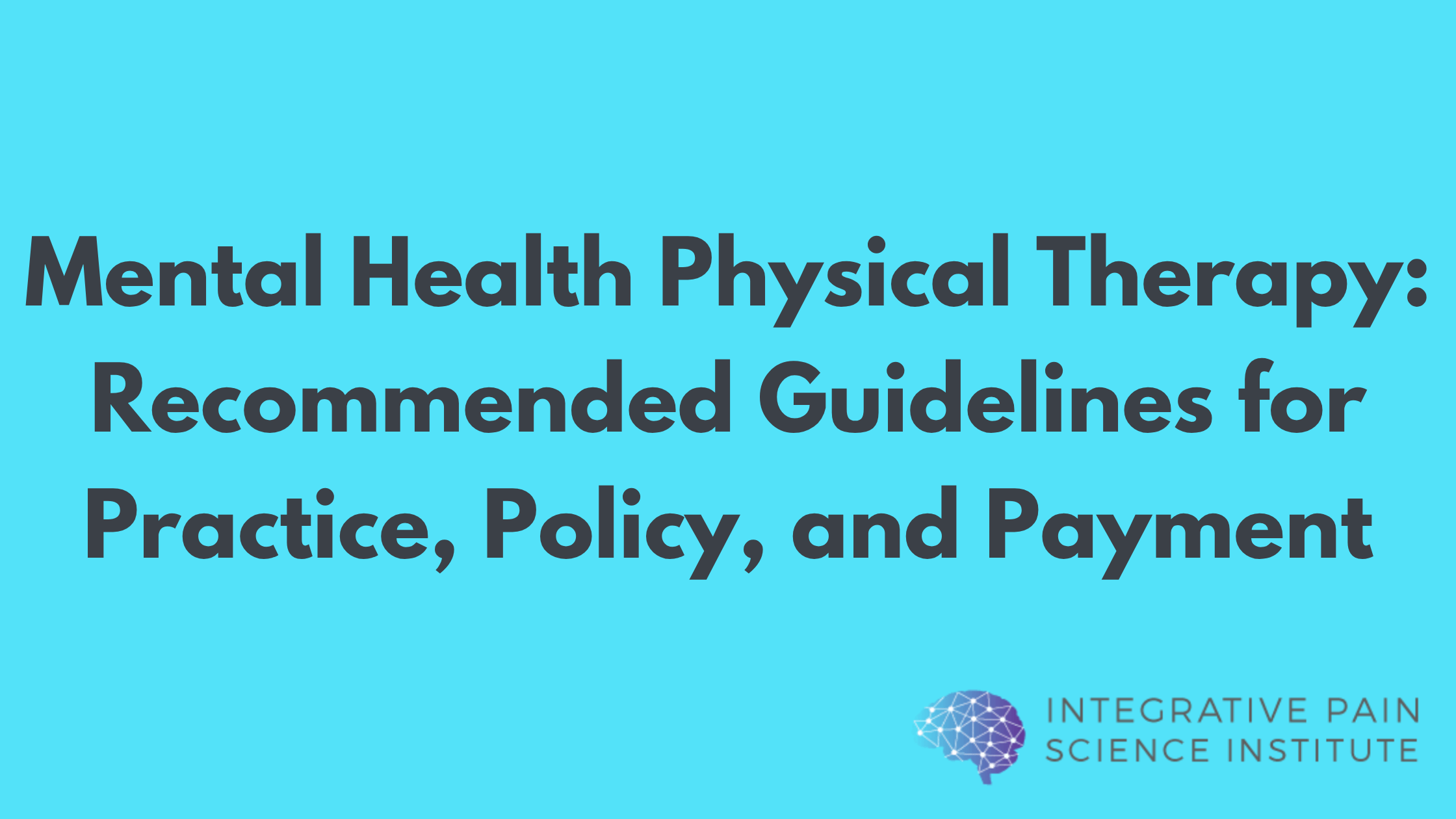Insulin resistance is defined as the state where the body produces insulin and does not get the expected biological effect that it should, which is to deliver glucose into cells to be used as energy. In other words, your body produces insulin that becomes essentially ineffective at doing the job it is supposed to do. The statistics are quite staggering. In fact, In the United States, an estimated 60 to 70 million people are affected by insulin resistance. Statistics report that more than 40% of individuals older than 50 years may be at risk for insulin resistance; however, it can affect anyone at any age.
Insulin resistance plays a major role in the development of other serious conditions as well, including obesity, hypertension, type 2 diabetes, dyslipidemia, and cardiovascular disease. This also paves the way for inflammatory pathways resulting in chronic pain. Let’s take a look at how this is all connected and what can be done to reverse it.
How Insulin Resistance Develops
 Insulin resistance is the result of the pancreas having to make more and more insulin over time as a result of consuming large amounts of sugar and/or foods that break down to sugar. For example, refined carbs (Breads, grain, pasta), alcohol, and sweets. As more and more sugar is consumed, the pancreas has to produce insulin to process the sugar and it becomes less and less effective in the body causing a burnout of our insulin receptor sites causing insulin resistance, fat storage and chronic pain (Pain is our body’s way of saying there is inflammation and we know inflammation is the culprit of all major disease). They are all connected. I explain this in greater detail here.
Insulin resistance is the result of the pancreas having to make more and more insulin over time as a result of consuming large amounts of sugar and/or foods that break down to sugar. For example, refined carbs (Breads, grain, pasta), alcohol, and sweets. As more and more sugar is consumed, the pancreas has to produce insulin to process the sugar and it becomes less and less effective in the body causing a burnout of our insulin receptor sites causing insulin resistance, fat storage and chronic pain (Pain is our body’s way of saying there is inflammation and we know inflammation is the culprit of all major disease). They are all connected. I explain this in greater detail here.
What You Should Know About Blood Sugar and HBA1C Levels
What is HBA1C and why is it important when looking at our risk of diabetes and insulin resistance? HBA1c is referred to as glycated hemoglobin. It develops when hemoglobin, a protein in red blood cells that carries oxygen throughout our bodies joins with glucose in the blood, therefore, becoming glycated. This allows your physician to get a better idea of what your average blood sugar readings have been over a given period of time. If your blood glucose levels have been running high over weeks or months this will give a high HBA1C reading. The higher the HBA1C levels are the greater the increase in developing diabetes-related health problems. Doctors want you to be below at a 6.0% reading. 6.0-6.4% is considered “pre-diabetic”. This is where your doctor has the conversation with you about meds and not changing your lifestyle. This should be a wakeup call. If you are at 6.5% or higher you are officially diagnosed with Diabetes and still won’t be told about lifestyle changes to reverse this but will definitely be leaving the office with a prescription. The high blood glucose and HBA1C levels are most likely going to come with high triglycerides, high blood pressure, and fat accumulation, especially in the belly. We know this to be metabolic syndrome. With the fat comes toxicity and inflammation. These go hand in hand. The good news is you have the power to reverse this and get on the road to healing. Let’s talk about how.
Get on the Path to Reversing Insulin Resistance, Weight Issues, and Pain
If you want to get on the path to reversing the detrimental effects of insulin resistance, fat accumulation and pain/inflammation you must CHANGE YOUR LIFESTYLE. I cannot stress this enough. You. Yes, I’m talking to you. You have tremendous power over your health and you can start today to reverse this destructive path. The most effective way to start reversing insulin resistance, start burning fat and getting rid of the pain is with a ketogenic diet. This diet consists of eating high amounts of healthy fats (60-70% of daily caloric intake), moderate protein (20-30% of caloric intake), and low carbohydrates (no more than 50 grams per day). Despite what you may have been told, fat does not make you fat ladies and gents. The right types of fat can rev up our metabolism, fan the flames of inflammation, and get your blood sugar levels back under control. Don’t believe me? I challenge you to try the ketogenic diet by clicking here. I promise you will be blown away.
Turning your health around begins with eating real, whole food!
Download your Healing Foods Checklist and Shopping Guide here to begin!
In health,
Joe Tatta, DPT, CCN
References
http://www.ncbi.nlm.nih.gov/pubmed/26374569
http://www.ncbi.nlm.nih.gov/pmc/articles/PMC1483173/
http://www.ncbi.nlm.nih.gov/pubmed/16620284



